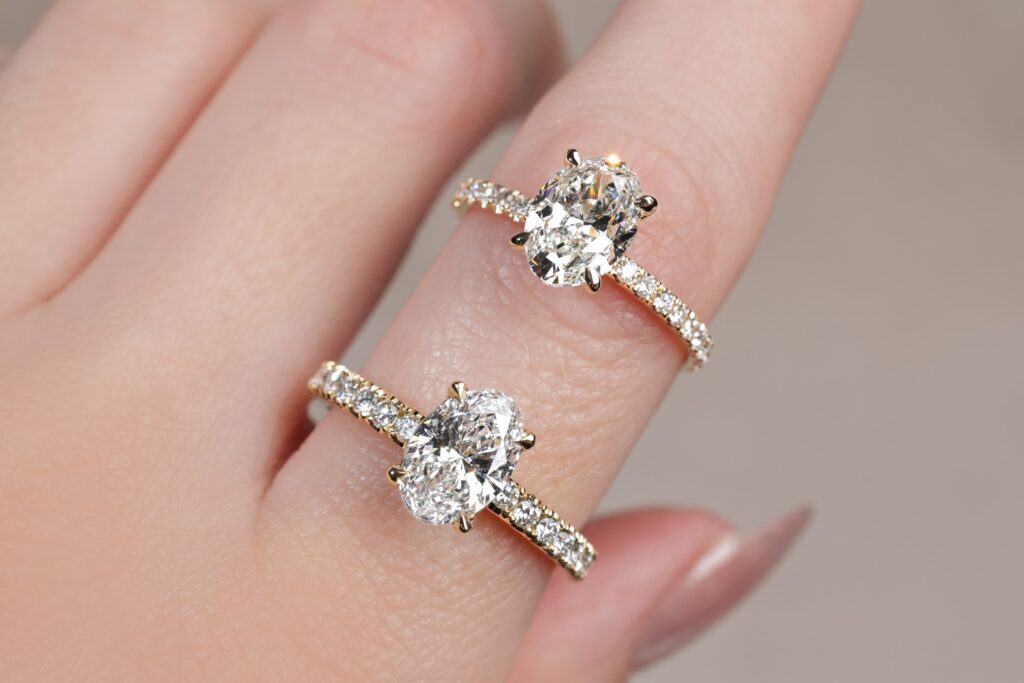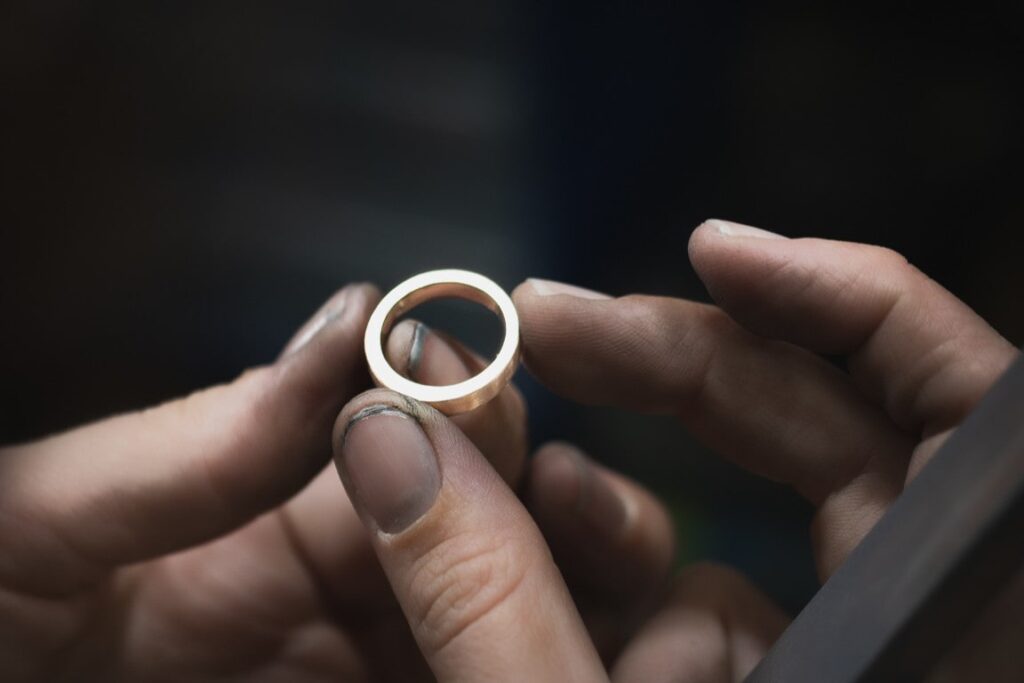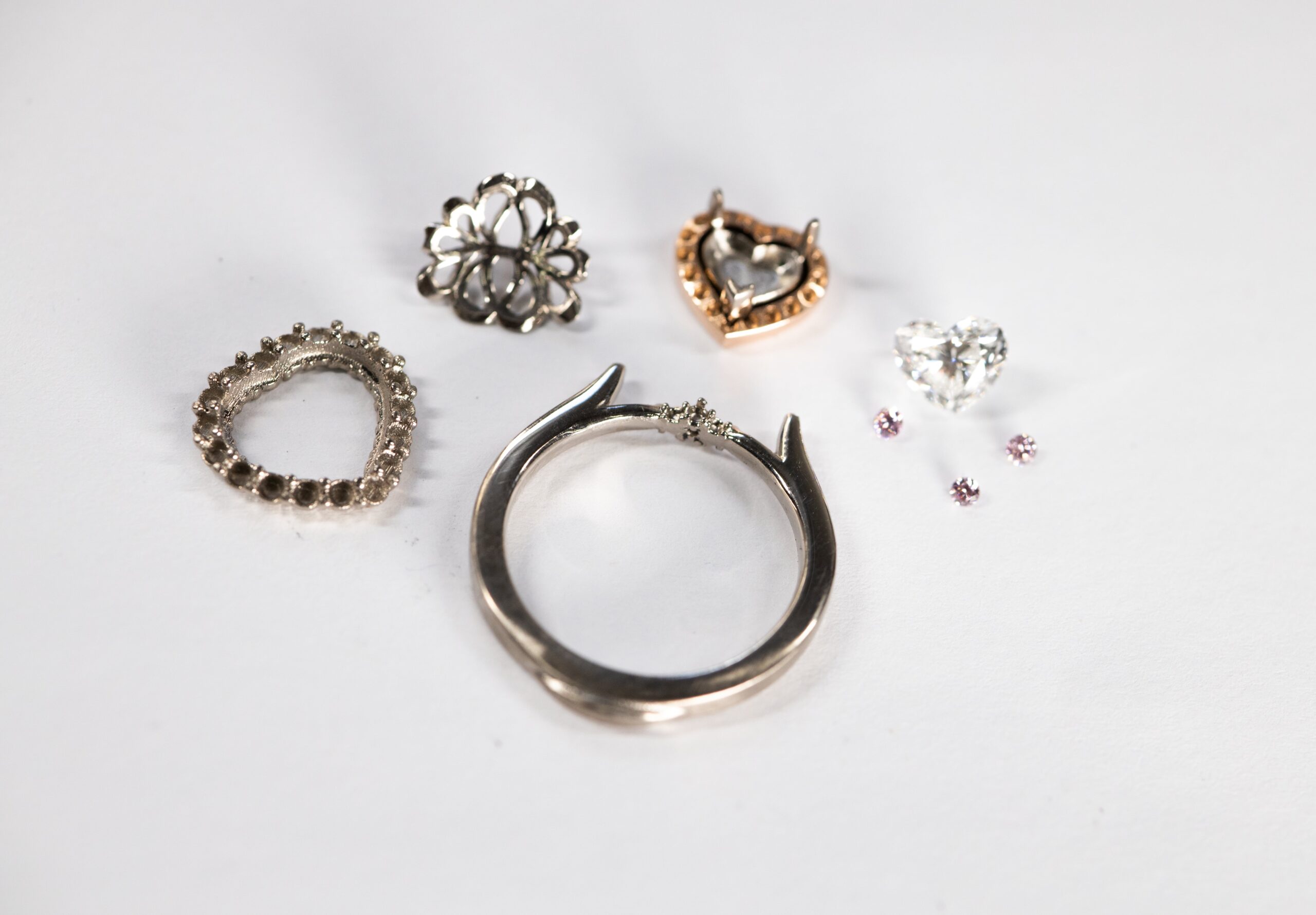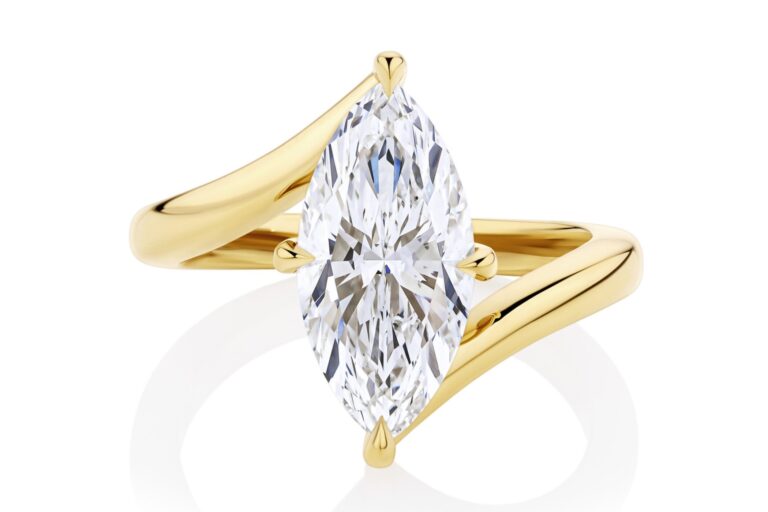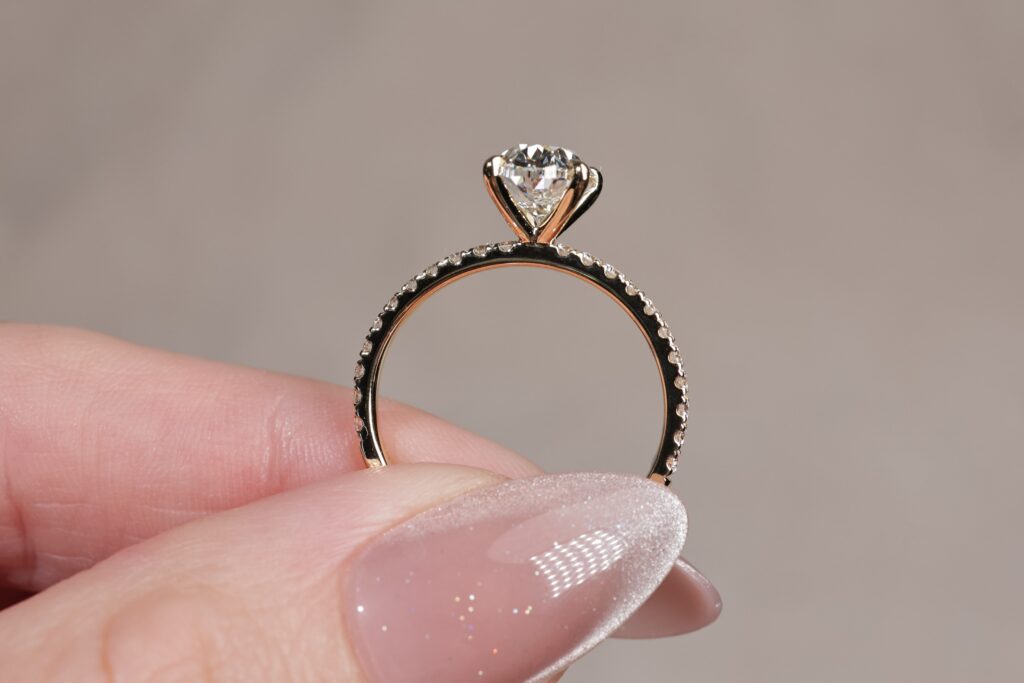
- Engagement Rings
-
-
- Design Your OwnExplore more
Browse by style
Browse by Cut
By Metal
Browse by Gemstone

Book a consult with an engagement ring specialist
-
-
- Custom
- Diamonds
- Wedding Rings
- Fine Jewellery
- Services
- Learn
- About Us
- Contact



